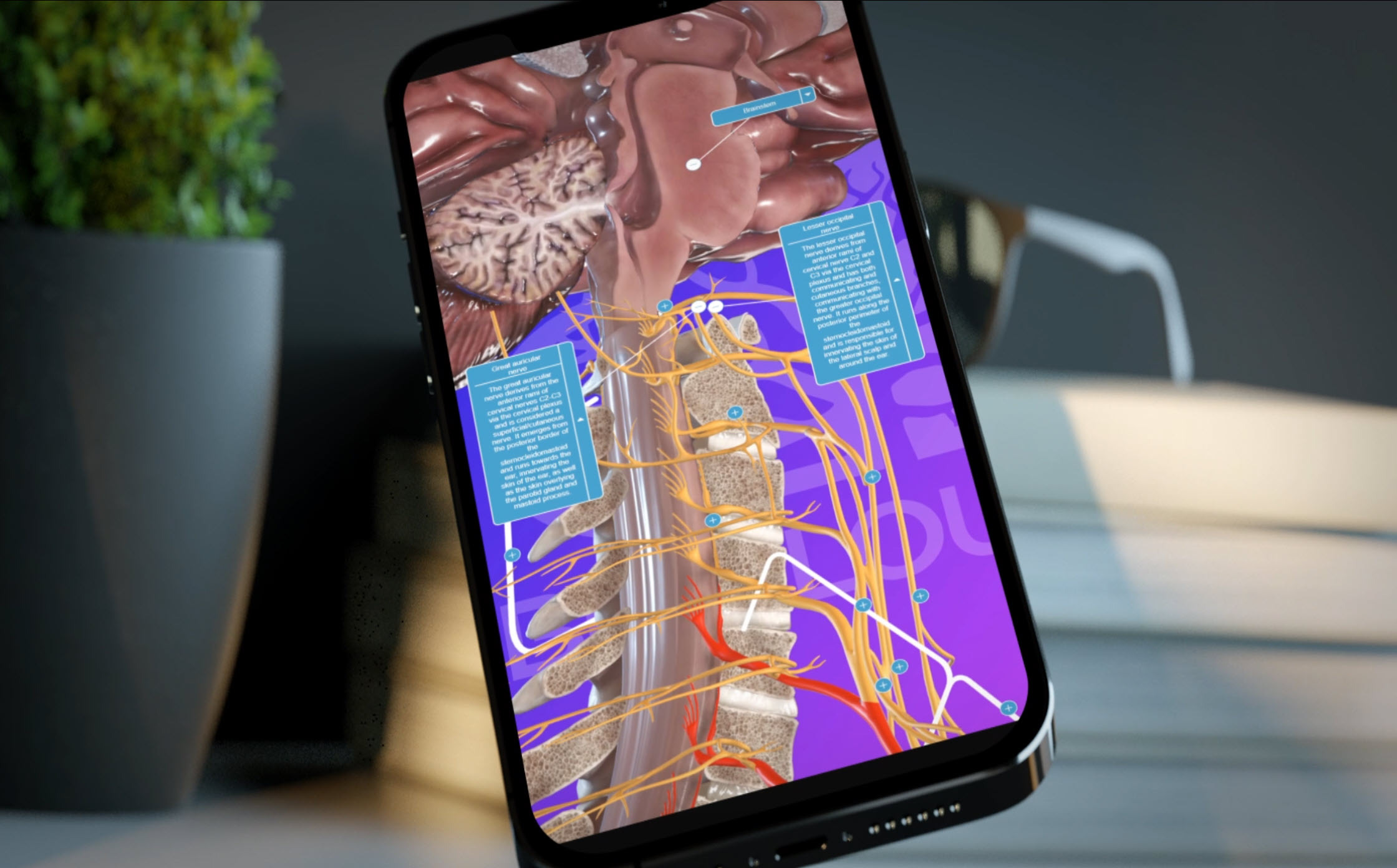Addressing Health Literacy: The Crucial Role of 3D Anatomy Models in Patient Education and Engagement
The integration of 3D anatomy models in patient education and engagement is transforming healthcare.

In the rapidly evolving field of healthcare, addressing health literacy is paramount. Ensuring patients understand their conditions, treatments, and the medical devices they might use is critical for effective patient education and engagement. One innovative tool making significant strides in this area is the use of 3D anatomy models. These models enhance healthcare education, making complex medical information accessible and comprehensible for patients.
The Power of 3D Anatomy Models in Medical Marketing
Medical marketing aims to bridge the gap between healthcare providers and patients. By integrating 3D anatomy models, medical marketing campaigns can vividly illustrate complex anatomical structures, disease states, and treatment mechanisms. These visual aids not only capture attention but also foster a deeper understanding, leading to more informed decision-making and enhanced patient trust.
Enhancing Patient Education with 3D Anatomy Models
Patient education is a cornerstone of effective healthcare delivery. Traditional methods of conveying medical information can often be overwhelming and confusing for patients. 3D anatomy models revolutionize this process by providing clear, interactive, and engaging visual representations of the human body. Patients can visualize how diseases affect their anatomy, understand surgical procedures, and grasp the workings of medical devices, leading to better comprehension and adherence to treatment plans.
Advancing Healthcare Education through Visual Learning
Healthcare education benefits significantly from the incorporation of 3D anatomy models. These tools are invaluable in teaching medical students and professionals about human anatomy, disease mechanisms, and therapeutic interventions. By utilizing 3D models, educators can offer an immersive learning experience, enhancing the retention of complex information and preparing healthcare providers to deliver superior patient care.
Therapeutics and Treatment Understanding
Understanding therapeutics and treatments is essential for patients managing chronic conditions or undergoing complex procedures. 3D anatomy models can illustrate how medications interact with the body, the process of surgical interventions, and the benefits of different therapeutic options. This visual approach empowers patients to take an active role in their healthcare journey, improving outcomes and satisfaction.
Medical Device Education Simplified
Medical devices play a critical role in diagnosing, treating, and managing various health conditions. Educating patients about the use and benefits of these devices can be challenging. 3D anatomy models simplify this process by providing a detailed, three-dimensional view of how devices function within the body. Whether it's a prosthetic limb, a pacemaker, or a surgical implant, patients can gain a clear understanding of the device's purpose and operation, alleviating fears and enhancing compliance.
Understanding Disease States with 3D Models
Disease states can be complex and difficult for patients to comprehend. 3D anatomy models offer a tangible way to visualize the progression of diseases, the impact on different body systems, and the rationale behind various treatment options. By demystifying medical conditions, these models help patients grasp their health status, encouraging proactive management and informed decision-making.
The integration of 3D anatomy models in patient education and engagement is transforming healthcare. By making complex medical information accessible and understandable, these models play a crucial role in improving health literacy. They enhance medical marketing efforts, simplify medical device education, and provide clear insights into therapeutics and disease states. As healthcare continues to advance, the use of 3D anatomy models will be instrumental in fostering a more informed and engaged patient population.
Let’s Get Started
Interested in learning more about how Intervoke can bring your science to life?
Contact us or book a Discovery Call to get started.


